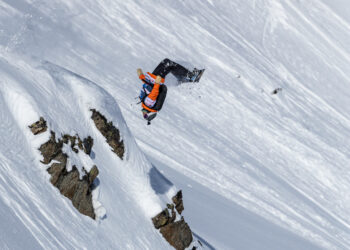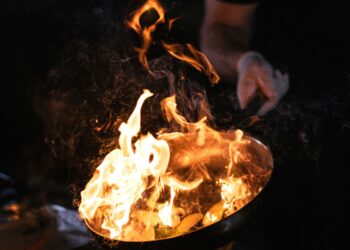
As anyone who reads this column knows, I enjoy writing about nature-related art.
Based upon the number of phone calls and emails I get on the subject, the many people who fill their homes with collectible paintings and sculpture, and the fondness that many of you have for strolling through the galleries downtown and frequenting the National Museum of Wildlife Art, I get the feeling you don’t mind when I fill this space with a few footnotes about artists worthy of mention.
A decade ago, the only Congressionally recognized wildlife art museum in America staged a one-person exhibition of Bart Walter’s works. It coincided with the installation of a new sculptural monument at the museum, titled “Wapiti Trail,” that seems to move across the grounds with a flow that is both visual and arresting.
“Wapiti Trail” is an attention-grabber for people coming to the museum. The excitement it generates speaks to Walter’s masterful artistry.
Jackson Hole doesn’t have a Corcoran or a Met or an Art Institute of Chicago or a Louvre or a Hermitage. It will never open a major global exhibition featuring the works of Michelangelo, Winslow Homer or the French Impressionists.
As the late museum founder and patron Tom Chrystie wisely said almost 30 years ago, this valley doesn’t need to try and re-create here what other great museums already do well in the established cultural centers of the world.
What he believed was that any entity constructed to celebrate the arts here needed to make people passing through the Tetons reflect on what it is that brings wonder into our lives.

This is a long-winded preamble to say that Bart Walter is precisely the kind of artisan the museum was built to highlight.
Walter, who makes his studio in Maryland, is one of those biological thinkers and global adventurers full of wanderlust that brings a classical European approach to what he does. Many have proclaimed him to be a modern heir of the French animaliers who included Rodin, Bugatti and Barye.
Walter made his big splash and won international acclaim more than a decade ago when he got involved in making some serious monkey business.
His figurative portrayals of chimpanzees were subjected to a critique by one of the most formidable primate experts: Jane Goodall. She is today his biggest fan and he is one of the most engaged artists involved with promoting the survival of chimps and gorillas.
Walter’s animal portfolio exists to heighten awareness.
“When the museum organizes an exhibit of a single artist, particularly a living one, it is always with the belief that the artist in question is creating work that will be appreciated for generations to come, work that is significant for a variety of reasons,” the museum’s senior curator Adam Duncan Harris once told me.
Yet in turn, Walter has learned a valuable lesson in his travels that one does not have to leave the United States to find wildness. “I used to think I had to go to Africa to experience a wildlife adrenaline rush, but found out the American West still holds a lot of excitement,” he says.
Similarly, we might conclude that if we want to seek the adrenaline rush of great art, it is necessary to travel to London, don a tweed jacket or evening gown, and attend a pretentious hoity-toity affair at the National Gallery. That is not the case. Great art is here, every day, in the Greater Yellowstone. The only formal attire you need is denim and an open mind.
Todd Wilkinson is founder of Bozeman-based Mountain Journal (mountainjournal.org) and a correspondent for National Geographic. He also is author of “Grizzlies of Pilgrim Creek” about famous Jackson Hole grizzly bear 399 featuring 150 photographs by Tom Mangelsen, available only at mangelsen.com/grizzly.














